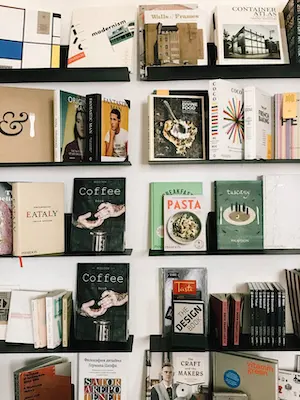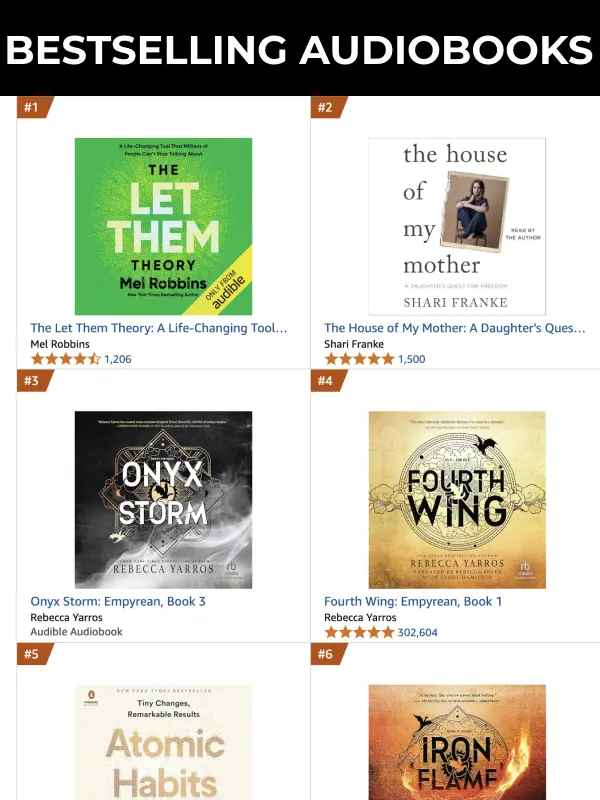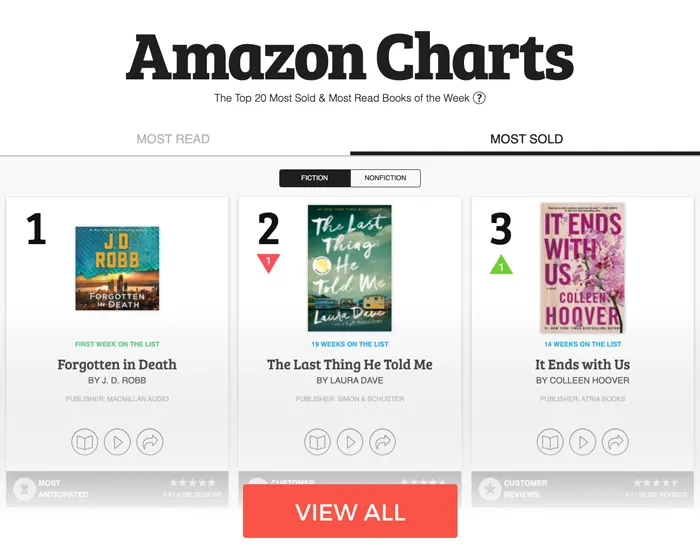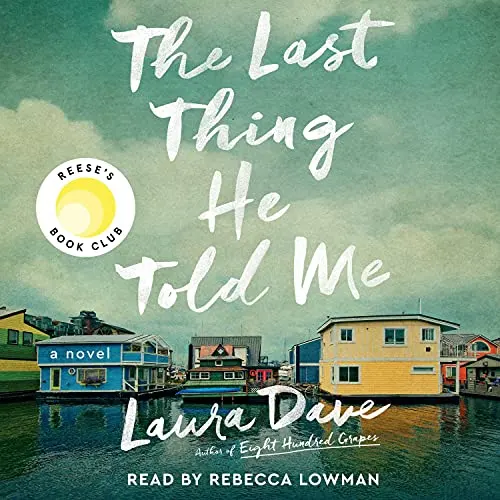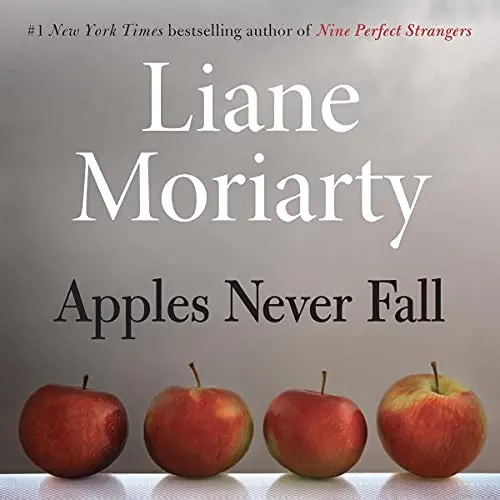Whether you're a beginner or a baker extraordinaire, indulge in this wonderfully moist banana bread that delivers an abundance of sweet banana flavor in every single slice. Over the years, my friends and family have raved that this is hands down the best banana bread they’ve ever tasted. We love it fresh from the oven, and it’s just as delightful toasted the next day with a smear of butter or a favorite spread. I've added tips below for gluten free banana bread. Get ready to fill your kitchen with the comforting aroma of pure banana bliss—enjoy!
Banana Bread Ingredients
• 3 ripe bananas, mashed (about 1 to 1½ cups)
• 1½ cups (190 g) all-purpose flour (*see gluten free tips below)
• 1 teaspoon baking soda
• ¼ teaspoon salt
• ½ cup (113 g) unsalted butter, melted (or use oil if preferred)
• ¾ cup (150 g) granulated sugar or brown sugar (or a mix)
• 1 large egg
• 1 teaspoon vanilla extract
Optional add-ins (choose your favorites):
• ½ cup chopped walnuts or pecans
• ½ cup chocolate chips
• ½ teaspoon cinnamon
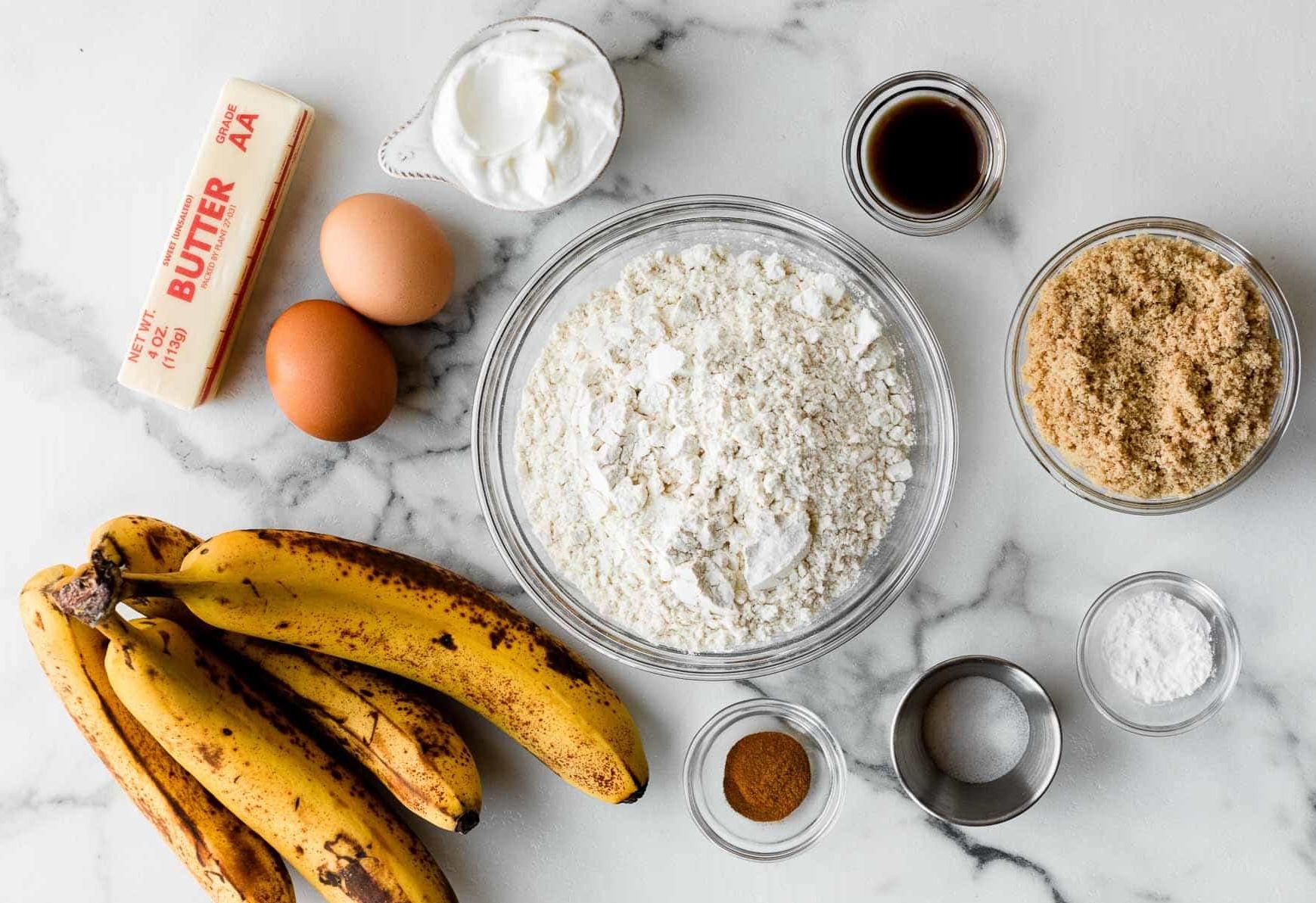
Instructions
1. Preheat the oven to 350°F (175°C). Grease a 9×5-inch loaf pan or line it with parchment paper.
1. Preheat the oven to 350°F (175°C). Grease a 9×5-inch loaf pan or line it with parchment paper.
2. Combine dry ingredients: In a medium bowl, whisk together the flour, baking soda, and salt. Set aside.
3. Mix wet ingredients: In a separate large bowl, mash the bananas until fairly smooth. Stir in the melted butter (or oil), sugar, egg, and vanilla extract. Mix well until combined.
4. Incorporate the dry mixture: Gently fold the dry ingredients into the wet mixture. Stir just until there are no large streaks of flour. (Overmixing can lead to a tougher loaf.)
5. Add optional ingredients: If you like, fold in chopped nuts, chocolate chips, or a pinch of cinnamon for extra flavor.
6. Fill the pan: Pour the batter into the prepared loaf pan.
7. Bake: Place the pan on the middle rack of your preheated oven. Bake for 50–60 minutes, or until a toothpick inserted into the center comes out clean (a few moist crumbs are okay).
8. Cool and serve: Let the loaf cool in the pan for about 10 minutes, then transfer it to a wire rack to cool completely. Slice and enjoy!
Tips for Success
Use very ripe bananas: The spottier and darker the peel, the sweeter and more flavorful your banana bread will be.
Don’t overmix: Once you combine dry and wet ingredients, stir just until blended. Too much mixing can make your bread dense.
Storage: Keep leftover banana bread wrapped in foil or in an airtight container. It stays fresh at room temperature for up to 2–3 days or refrigerated for up to 5 days.
Freezing: Banana bread freezes well. Wrap slices tightly and freeze for up to 3 months. Thaw overnight in the fridge or warm gently in a toaster or microwave.
Gluten Free Tips
Choose the Right Flour Blend: Opt for a reputable all-purpose gluten-free flour blend that includes binders like xanthan gum or guar gum. This helps mimic the texture of regular wheat flour.
Be Mindful of Texture: Gluten-free batters often need a bit more moisture. If your batter looks too thick, add a splash of milk (dairy or non-dairy) until it reaches a similar consistency to standard banana bread batter.
Check Your Leaveners: Fresh baking powder and baking soda are crucial for a good rise since gluten-free flour tends to be denser than wheat flour.
Don’t Over-Mix: Stir until just combined to avoid a tough crumb. Over-mixing can negatively affect the texture of gluten-free baked goods.
Add Extra Flavor: A pinch of cinnamon, vanilla extract, or even chopped nuts (like walnuts) can complement the banana flavor and enhance the overall taste.
Where did Banana Bread Originate?
Banana bread, as we know it today, owes much of its popularity to the rise of “quick breads” in American kitchens during the early 20th century. With chemical leaveners like baking soda and baking powder becoming widely available, home bakers could skip the slower, more labor-intensive process of yeast fermentation and instead whip up loaves in a fraction of the time. Bananas themselves were also gaining ground in the United States around the late 19th and early 20th centuries, thanks to improved transportation and shipping methods that made these tropical fruits more accessible—and more affordable—to the general population.
By the 1930s, cooks were experimenting with bananas in sweet baked goods, finding innovative ways to prevent the ripe fruits from going to waste during the Great Depression. Early printed recipes for banana bread appeared in widely distributed cookbooks and pamphlets put out by flour companies and community organizations. The versatility and economy of banana bread—using basic pantry ingredients and a few overripe bananas—proved a lifesaver for many households looking for cost-effective comfort foods. Over time, it became a go-to treat in countless American homes, passed down through generations and adopted by new bakers eager to replicate that sweet, nostalgic aroma wafting from the oven.
Today, banana bread has cemented its status as a beloved classic around the world, with endless variations incorporating everything from chopped nuts and chocolate chips to coconut flakes and spices. Its appeal has never waned. Part breakfast staple, part dessert, it has played a starring role in the repertoire of both traditional and modern bakers, celebrated for being simple to prepare yet full of cozy, homemade charm.
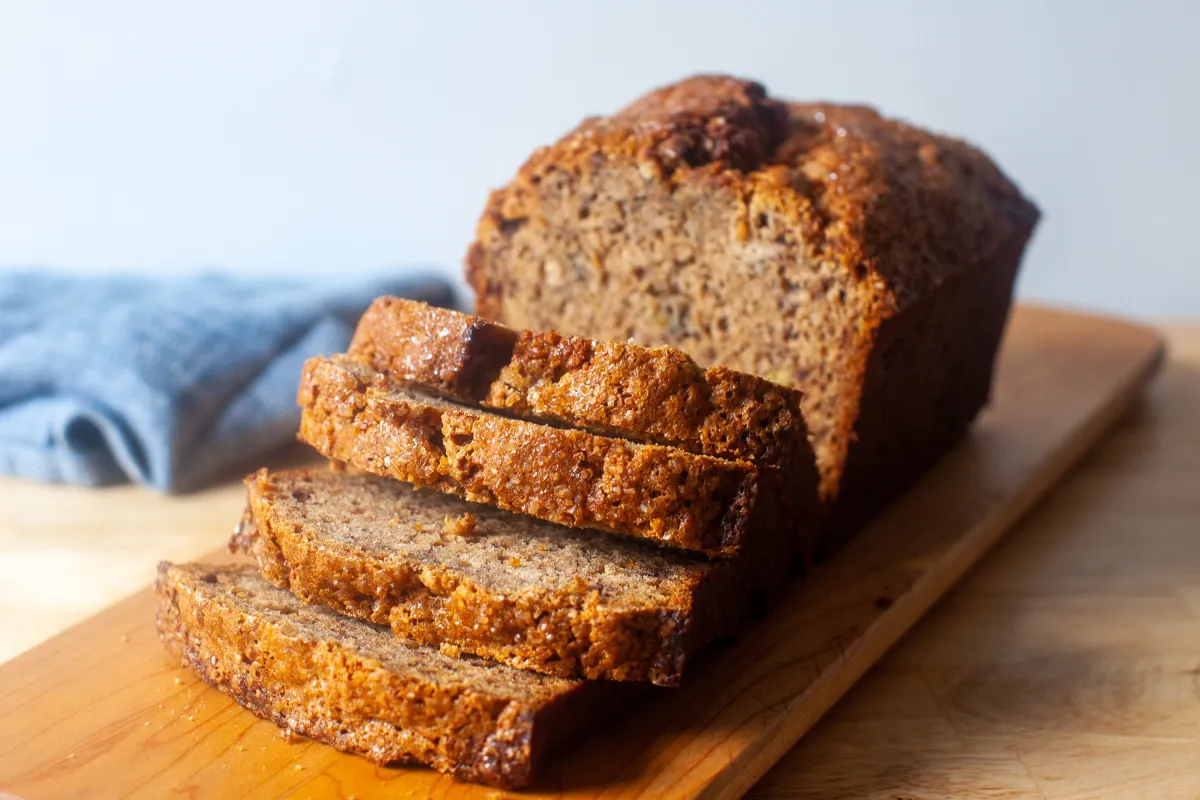 Posted by GrandmaNana on August 24, 2024
Posted by GrandmaNana on August 24, 2024